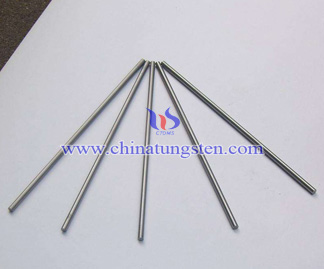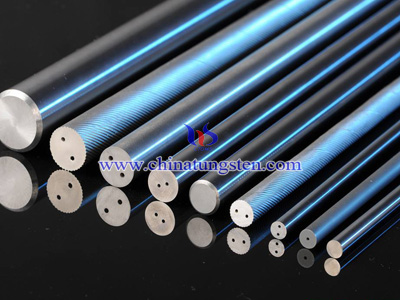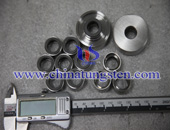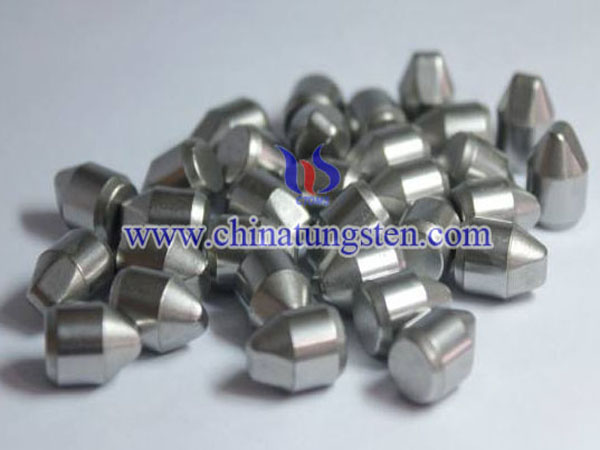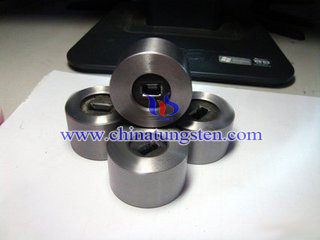Tungsten Carbide Rod Extruded Agent Design Elements In Each Group
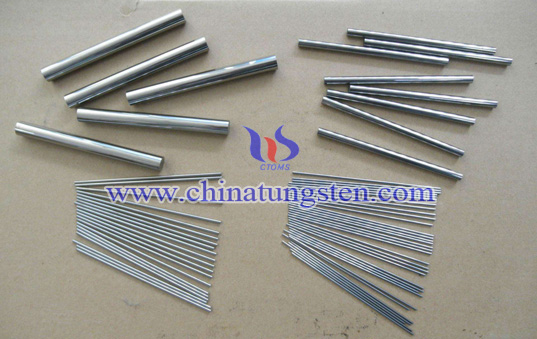
1、Plasticized component design
Plasticized component tungsten carbide rod forming agent in the largest proportion, its main role is to provide liquidity for the powder. This requires plasticizing component have the physical properties are: a solid state at room temperature, the extrusion temperature is close to the liquid, and the drill is low, hold the powder, but not with strong reactions. Meet this requirement many substances such as paraffin, polyethylene glycol, triethylene light methyl propane, erythritol, neopentyl glycol, cyclohexanone glycol.
According to different plasticizing component, carbide-forming agent can be extruded into rod paraffin based, oil-based, polymer-based and so on. Studies show that: Oil-based mobility, drill low, wide range of extrusion, but easy to produce solid-liquid separation, and the extrusion billet low intensity; the polymer extruded billet of high strength, good dimensional shape, but loading is low, skim slow; wax in between.
Taking into account the low molecular weight and low drilling, good fluidity, low cost removal process is simple, clean, good wettability with powder combination of factors, selected paraffin as plasticized component.
Found in the study, paraffin wax as plasticizing agent component of the entire system, the vast majority of forming, such as the removal of a relatively narrow concentration range of temperatures likely to cause billet bubbling, cracking and other defects. After testing, and ultimately determine the plasticizing component from solid paraffin (SPW) and liquid paraffin (LPW) together form, such as a different melting point, it can be in a wide temperature range has a uniform slow removal.
2、Bonding component design
Constituted by a polymer binder component. Since tungsten carbide rod extrusion agent prepared by bonding component group element with plasticized melt or solvent dissolved by heating method complete, so intermixing between the two groups yuan is very important, each group should generally be achieved element between the molecular level and mix.
In the course of the study found that low-density polyethylene (LD-PE) as a binder component, its peacekeeping role in poor shape, and easy and paraffin phase separation; while polystyrene (PS) you need to use in order to achieve the styrene dissolved mixing the molecular level, high cost, low security. Thus, ultimately determine the bond component of high-density polyethylene (HD-PE) and ethylene vinyl acetate copolymer (EVA) blends. This adhesive component at room temperature with a high elastic modulus and low thermal expansion coefficient, stable, insoluble in common solvents in general, and with a plasticized component paraffin easily blended by melting method, two can be achieved by mixing the molecular level.
3、Activation component design
In the feed preparation process, the activation component can be enhanced alloy extruded rods agent and adhesion of the surface of the powder particles, and to obtain complete wetting of the powder surface; while still feed particles and between particles and play between the extrusion die die wall lubrication.
Common activation component in two ways: polar or polar low molecular weight organic polymer wax. As the former than the latter diffuse, so choose low molecular weight polar organic stearic acid (SA) as the active component. SA contain lipophilic and hydrophilic molecules, which can be adsorbed on the powder particles, the former forming agent may be dissolved in the other groups from the receiving element in effect, so that the gas and liquid phases, the surface between the liquid and the powder tension are reduced, thereby enabling the powder alloy extruded rods agent diffusion coefficient increases; Moreover, SA is a surfactant anion, the powder can be positively charged metal oxides attractor wetting Bu better.
4、Proportion of each component
After a lot of rheological properties and compression test, and ultimately determine the forming agent tripropellant mass fraction as follows: ① plasticized component(SPW+LPW):60%~80%;② bonding component (HD-PE + EVA): 10% ~ 30%; ③ activation component (SA): 5% ~ 10%.
»» PDF Extended reading: Ultra-fine tungsten carbide rod extruded agent design

